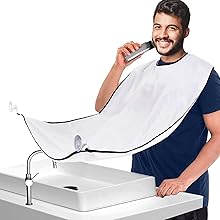Humanoid robots in space: the next frontier
The Hindu
NASA’s humanoid robot Valkyrie is designed to operate in “degraded or damaged human-engineered environments,” like areas hit by natural disasters
Standing at 6 feet 2 inches (188 centimeters) tall and weighing 300 pounds (136 kilograms), NASA's humanoid robot Valkyrie is an imposing figure.
Valkyrie, named after a female figure in Norse mythology and being tested at the Johnson Space Center in Houston, Texas, is designed to operate in "degraded or damaged human-engineered environments," like areas hit by natural disasters, according to NASA.
But robots like her could also one day operate in space.
A humanoid robot resembles a person, typically with a torso, head, two arms and two legs. Engineers believe with the right software, humanoid robots will eventually be able to function similarly to humans and use the same tools and equipment.
NASA Dexterous Robotics Team Leader Shaun Azimi said humanoid robots in space could potentially handle risky tasks like cleaning solar panels or inspecting malfunctioning equipment outside the spacecraft so astronauts can prioritize exploration and discovery.
"We're not trying to replace human crews, we're really just trying to take the dull, dirty and dangerous work off their plates to allow them to focus on those higher-level activities," Azimi said.
NASA is partnering with robotics companies like Austin, Texas-based Apptronik to learn how humanoid robots developed for terrestrial purposes could benefit future humanoid robots destined for space.





















 Run 3 Space | Play Space Running Game
Run 3 Space | Play Space Running Game Traffic Jam 3D | Online Racing Game
Traffic Jam 3D | Online Racing Game Duck Hunt | Play Old Classic Game
Duck Hunt | Play Old Classic Game











